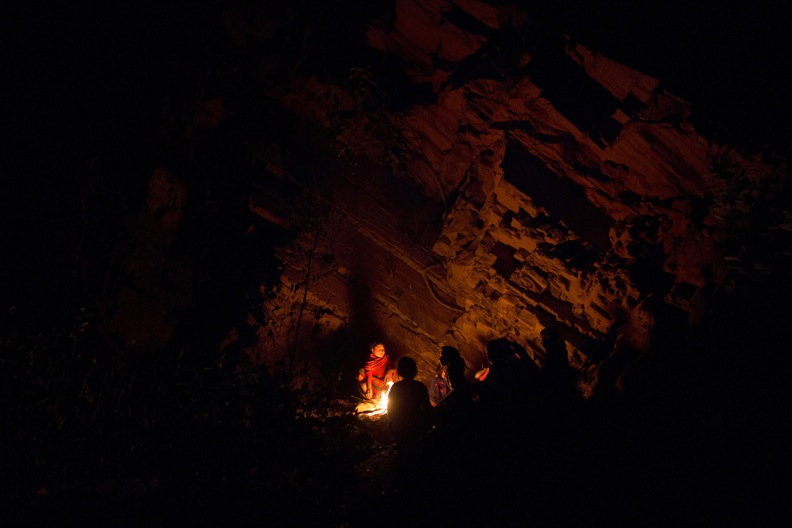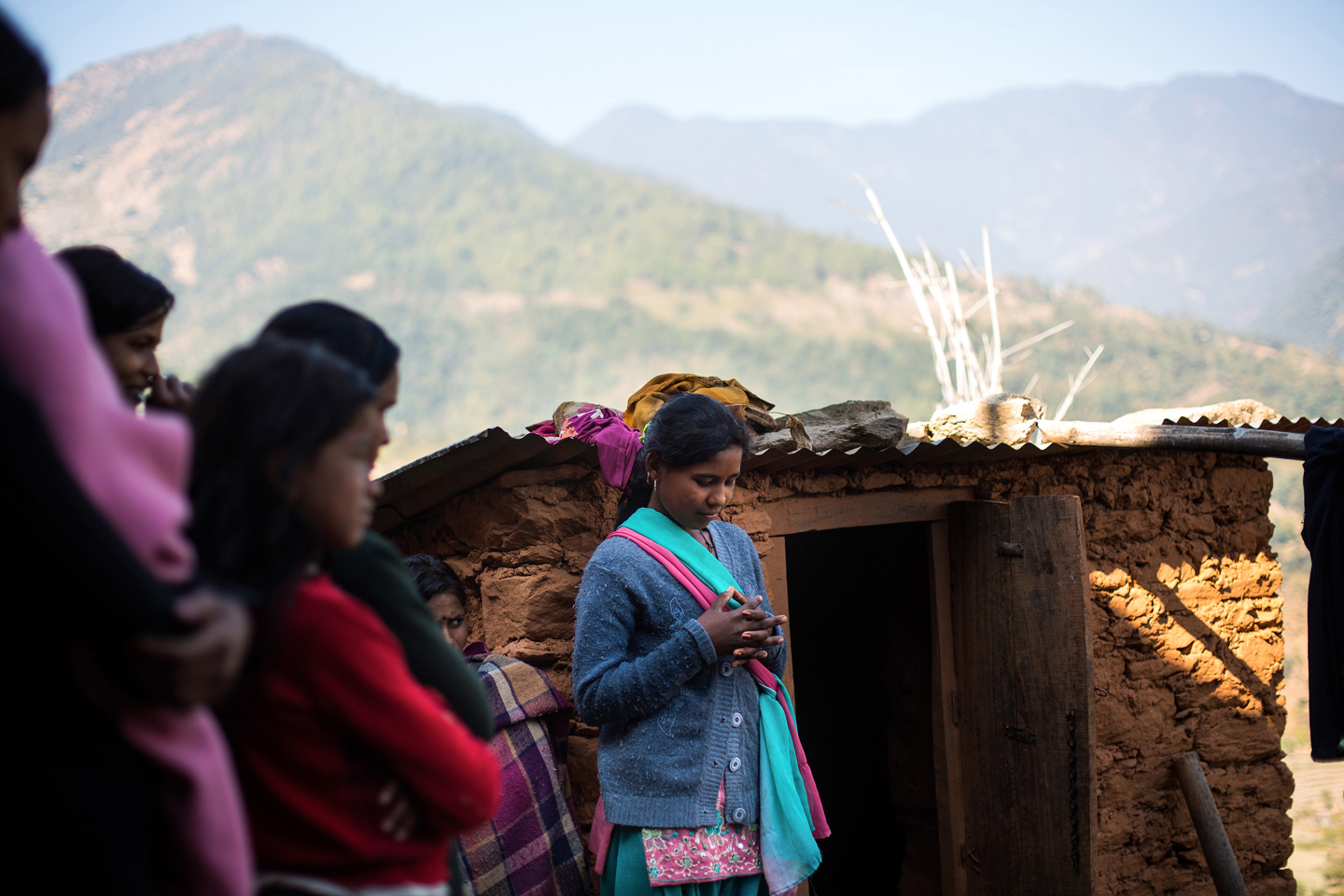
This post is part of a series created in partnership by WASH Advocates and Women Deliver.
Wearing a fitted pink sweatshirt that hugged her slim hips and a hot pink bunny hat that highlighted her bright upturned cheeks, 15-year old Puja Kunwar showed me the tiny hut where she sleeps when she is on her period. The squat structure looked even more cramped in contrast to the family's sturdy two-story home just across the small courtyard.
In the district of Achham in Far Western Nepal, most families still practice chaupadi, the monthly separation of women deemed impure during menstruation. The tradition has roots in Hinduism—though Hindu scholars in the capital denounce the interpretation—and many locals firmly believe that to break the tradition would anger the gods and wreak havoc on their communities. Each month women sleep in a small hut called a goth, in the stable or outside. They are considered polluting, so they do not touch their family; they eat separately and cannot go in the house.
The practice is slowly shifting, with the help of new roads, more televisions, and countless organizations running anti-chaupadi campaigns. But across the district women see the practice differently. Some despise it and some love it, which raises complicated questions for organizations trying to stop the practice. Who should decide what is best for Achhami women? Is chaupadi a beloved tradition or a manifestation of extreme discrimination? Are the women who like it oppressed to the point of oblivion? Or is their perspective as valid as women's activists trying to end the practice?
Puja is of the set that wishes she didn't have to practice chaupadi, but she doesn't feel empowered to stop, "even if I tell them, they will not let me stay in the house—they will be angry," she explained, "only one saying that I want to stay in the house, it won't work. All of us have to say it."
Just over the hill from Puja, in a separate village, one woman did say "no" to the practice. Six years ago, 40-year old Maheshwari Bista built a new house with a separate room so she could stay inside, safe and warm, but apart from her husband. One by one the other women in the village followed when they saw no devastating repercussions. Yet Maheshwari is dismissive of her influence and matter of fact about changing the practice, "it never occurred in my mind that I did a great job…I stayed in the house because of my own problems."
In an even more remote village called Kalekanda there have not yet been any anti chaupadi campaigns. There, women sleep beneath an outcropping of rocks they call a cave, though it hardly keeps the rain out. The women say they like the practice, and the atmosphere the night I visited was convivial, "we sit here around the fire, talk and laugh until we get sleepy and go to sleep," explained Dhama Bhul. They see it as a break from dealing with their husbands, and enjoy the community and the respite.
Each woman I met in Achham had a slightly different take on the practice. Like so many issues around culture, gender and health, chaupadi is deeply complicated. It is local, it is nuanced, and it is entrenched.
As we gather to discuss the latest ideas for improving women's health, it is essential to remember the diversity of the women we are talking about. We can agree that all women have the right to live healthy lives, but we cannot assume how different women define a healthy life.






